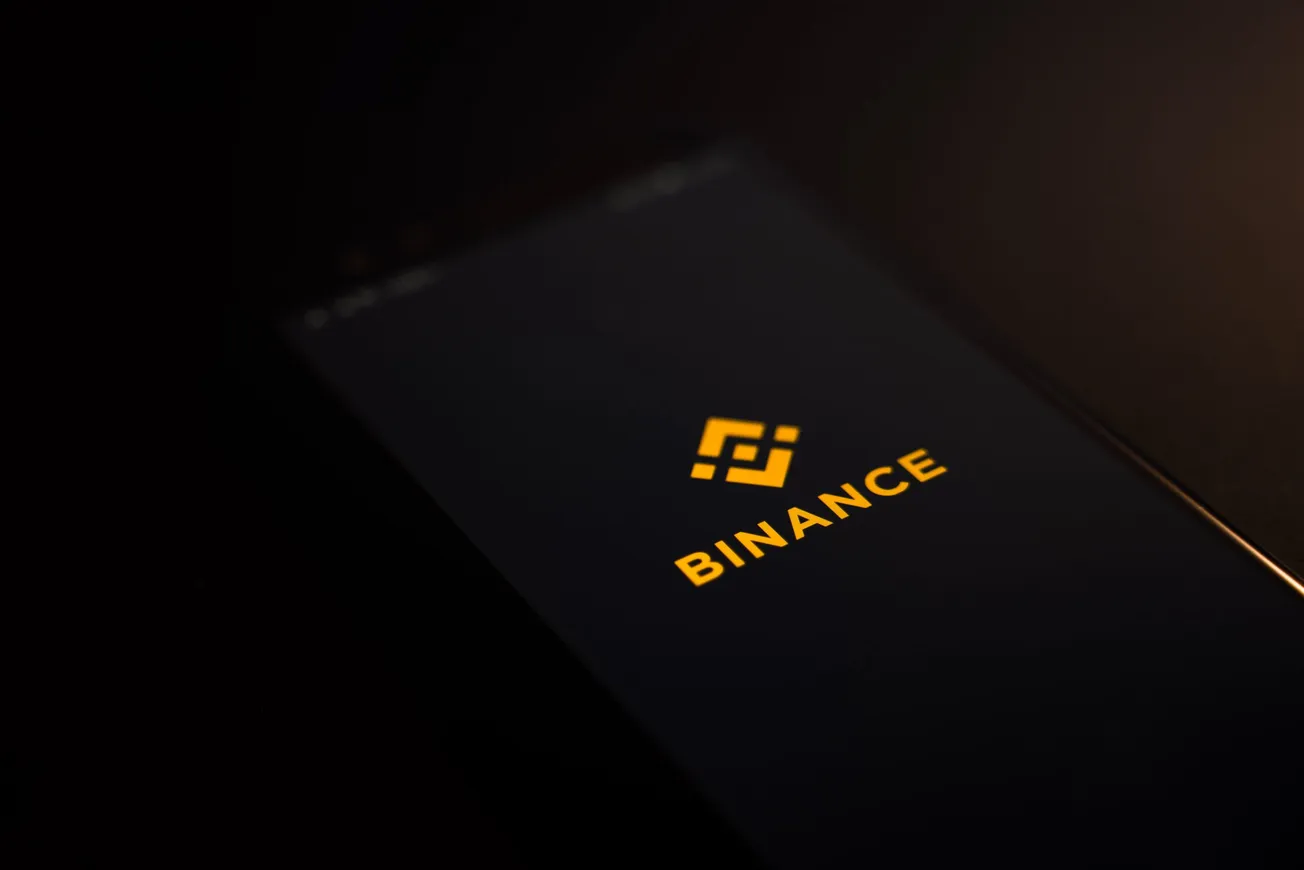Table of Contents
Binance’s BNB chain is an oxymoron – a centralised blockchain for decentralised applications – but its rapid rise in popularity should not be disregarded. As of 2022, the blockchain now hosts over 800 “decentralised” applications (dApps), and has a DeFi total value locked (TVL) of US$6 billion, even reaching a high of US$36 billion prior to the recent market crash.
Back in 2018, Binance launched its own blockchain, dubbed the Binance Chain, to support its very own Binance DEX (decentralised exchange). The blockchain was designed to accommodate large transactions, but could only support the Binance DEX, which meant that other developers could not build their own dApps on it.
Read more: No One Knows When Ethereum 2.0 Will Happen And It’s Worrying
Because the Binance Chain was introduced at a time when Ethereum was starting to gain traction as a programmer-friendly blockchain, Binance soon realised that they had to add smart contract capabilities for external developers in order to compete with Ethereum, which is why it developed a separate, parallel chain – the Binance Smart Chain (BSC) – so that decentralised applications can be built within the Binance ecosystem without compromising the scalability of the original Binance Chain and the performance of the Binance DEX.
Earlier this month, the SEC launched an investigation to determine whether BNB (the native token of the BNB chain) is an unregistered security. However, its market capitalisation still grew from US$34.92 billion to US$37.29 billion in the month of June, with its transaction volume growing by 70% despite the recent market crash.
To understand the mechanisms of the world’s fifth largest cryptocurrency, we need to first dive deeper into why it was developed, and how it’s seeking to establish itself as a more scalable alternative to Ethereum.
Centralisation FTW?
As mentioned earlier, BSC is an oxymoron because of how centralised it is. Launched in 2020, BSC utilises the proof-of-stake authority (PoSA) consensus mechanism, where only 21 nodes (validators) are in charge of the entire network at any given time. Validators are chosen based on the amount of BNB (the native token of BSC) that they own, and the top 21 nodes with the highest amount of BNB owned are chosen to authenticate the blocks of transactions.
The PoSA consensus mechanism also decreases the block time (the amount of time needed for the network to add one block of transaction to the blockchain) to a mere three seconds, which allows for higher throughput and faster confirmation time. Compared to Bitcoin and Ethereum which have a block time of approximately ten minutes and fifteen seconds respectively, BSC is obviously more well-equipped to handle large transactions. However, this comes at the expense of decentralisation and security, which is rather ironic because BSC is smart-contract enabled to support the development of dApps. This means that while the applications might be “decentralised”, the network supporting them isn’t, which goes against the value proposition of blockchains – a decentralised network where control isn’t consolidated in the hands of a select few.
Read more: The Blockchain Trilemma: A Crypto Nerd’s Perspective on Interoperability
However, there are also benefits of using BSC if you’re not a decentralisation “purist”. BSC is essentially a hard fork of the Go Ethereum (Geth) protocol, therefore making it EVM-compatible. This means that developers on Ethereum can easily integrate Ethereum protocols with BSC, and users are able to use Ethereum-similar dApps but with the higher transaction throughput and lower fees that BSC provides. Examples include BSC’s PancakeSwap (a fork of Ethereum’s Uniswap), Venus (a fork of Ethereum’s Compound Finance), and 1inch Network (an Ethereum-based liquidity aggregator that has also launched on BSC). The network also has its own ERC-token standard equivalent – the BEP-20 (fungible) and the BEP-721 (non-fungible).
The “Berge” & “MetaFi”
The Binance Chain and BSC have since merged to form the BNB (Build and Build) chain. According to Binance, the ecosystem will focus on a new Web3 concept known as MetaFi.
“MetaFi is a concept that provides advanced and sophisticated DeFi Infra to all the different types of projects such as metaverse, GameFi, SocialFi, Web3, and NFTs and puts them under one umbrella – MetaFi. This is possible thanks to the metadata that defines ownership of assets”, Binance announced in a blog post published earlier this year.
“The idea of MetaFi aims to implement a wide range of blockchain functionality into one Meta ecosystem, interoperable thanks to defined metadata standards used across variant platforms and blockchains”, it added.
BNB chain also has plans to become a multi-chain ecosystem to boost interoperability between projects and protocols, and will also increase the number of validators from 21 to 41.
BNB is an interesting phenomenon because it’s a sign that the blockchain trilemma is no longer taken into consideration by the industry, with many projects now focusing on decreasing network fees and increasing scalability at the expense of decentralisation and security. But this begs the question of why exactly do we need a “blockchain” then, if existing centralised networks and financial services that are not blockchains can already process much faster transaction speeds at lower costs?
Yes, projects like the BNB chain have potential as a multi-chain network, but their centralisation means that it does not align with what blockchain technology and dApps was designed to achieve – a more equitable and accessible financial system where a lot more than just 21 supercomputers with the most amount of money can have a say in running the network.
It was also outlined in BNB Chain’s whitepaper that a whopping 80 million tokens out of the 200 million BNB tokens in circulation would be reserved for Binance’s founding team, which includes CEO Changpeng Zhao. This means that any upward movement in the price of BNB would just greatly benefit Binance financially, despite their claims of BNB being a “community-driven, open-sourced and decentralised ecosystem”
Read more: Is Web3 Just Web2 in Disguise?
For now, Ethereum’s L2 scaling solutions and sharding (in Ethereum 2.0) are the closest solution to preserving the trilemma (decentralisation, scalability, and security). But as more emphasis is placed on scalability and low network fees, and the industry seemingly the BNB chain might emerge as a prominent ecosystem for dApps in the near future,









